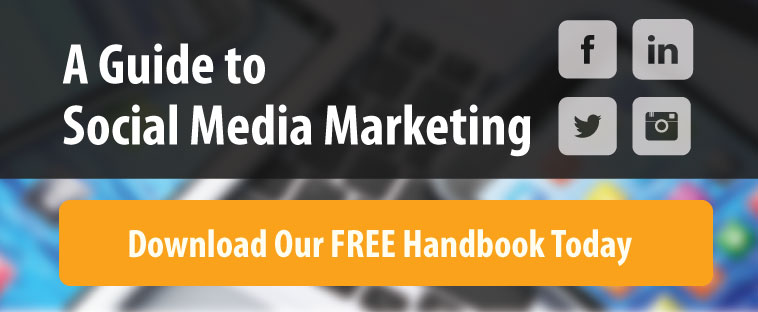Stomach-turning anxiety, blood-boiling anger, happiness that makes you feel like you’re floating on a cloud—like it or not, these sentiments, and others, have an enormous influence on your everyday life. Playing on the power of emotions is a classic example of using marketing psychology to grow a business, as well as one of the top social media trends of the moment.
Emotions and Marketing
Social media marketing is all about relating to your target audience, and you don’t do that with bland posts that read as if they were written by a robot. Content that triggers an emotional response within your followers is what truly resonates.
Social Media Trends: which Emotions are Most Popular?
Happiness
This one is a given. If your brand is associated with smiling, laughing and overall contentment, people will be drawn to it.
For instance, check out this Instagram post from our friends at Precious and Few Photography. It features some cute dogs decked out in sunglasses, ready to hit the beach. Why was it successful? Because dogs make everyone happy!
Sadness
Nobody likes to feel sad, but there’s no denying that feeling melancholy is one of the most powerful emotions. Playing on sadness has become one of the top social media trends, especially since Facebook rolled out their updated reaction buttons, so people can indicate that posts are “sad” instead of “liking” them.
Consider Budweiser’s heart-wrenching Clydesdale horse commercial from Super Bowl 2015. It’s received over a million shares on Facebook because of its profound emotional resonance.
Fear
Using fear to spark interest within your audience can be successful, if done appropriately. Of course, no business will benefit from outrageous fearmongering like “buy our products and services or you will die,” but posting something out of the ordinary to grab attention is very effective.
Graham, the bizarre humanoid lifeform who has the body type necessary to survive a deadly car accident, is proof. This strange sculpture was constructed by Melbourne artist Patricia Piccinini for the Transport Accident Commission of Victoria, Australia in order to raise awareness about the body’s vulnerability to high-speed impacts. It went viral simply because of how shocking it looks.
Excitement
Shock value doesn’t necessarily have to be negative as in the previous example. Brands who generate hype and excitement among their followers also boast remarkable social media followings.
Here, we’ll use Red Bull to demonstrate the power of excitement. Red Bull has used adrenaline as the framework around which their brand identity is built, and it’s helped them seize 43 percent of the energy drink market. They post exciting content on a daily basis.
Eat. Sleep. Skate. Repeat. pic.twitter.com/dy28GWHTZc
— Red Bull (@redbull) December 29, 2015
Humor
No matter if your audience is composed of millennials or old timers, your business can benefit from making people laugh. Incorporating humor into posts has been, and always will be, one of the top social media trends.
Skittles has been knocking social media humor out of the park for quite a while now. The below tweet, which brilliantly fuses the Fourth of July with some Skittles-based comedy is about as sweet as their candy (unless you’re a fan of Sour Skittles).
Happy birthday, America! I totally made you a present, and it’s so not socks. #FourthofJuly pic.twitter.com/ZDDKqkI7Ra
— Skittles (@Skittles) July 4, 2016
When it comes to creating social media posts that trigger emotions, you’ve got to think as if you were a member of your target audience. This way, you’ll have a better idea of how your posts will affect your followers and benefit your brand.


